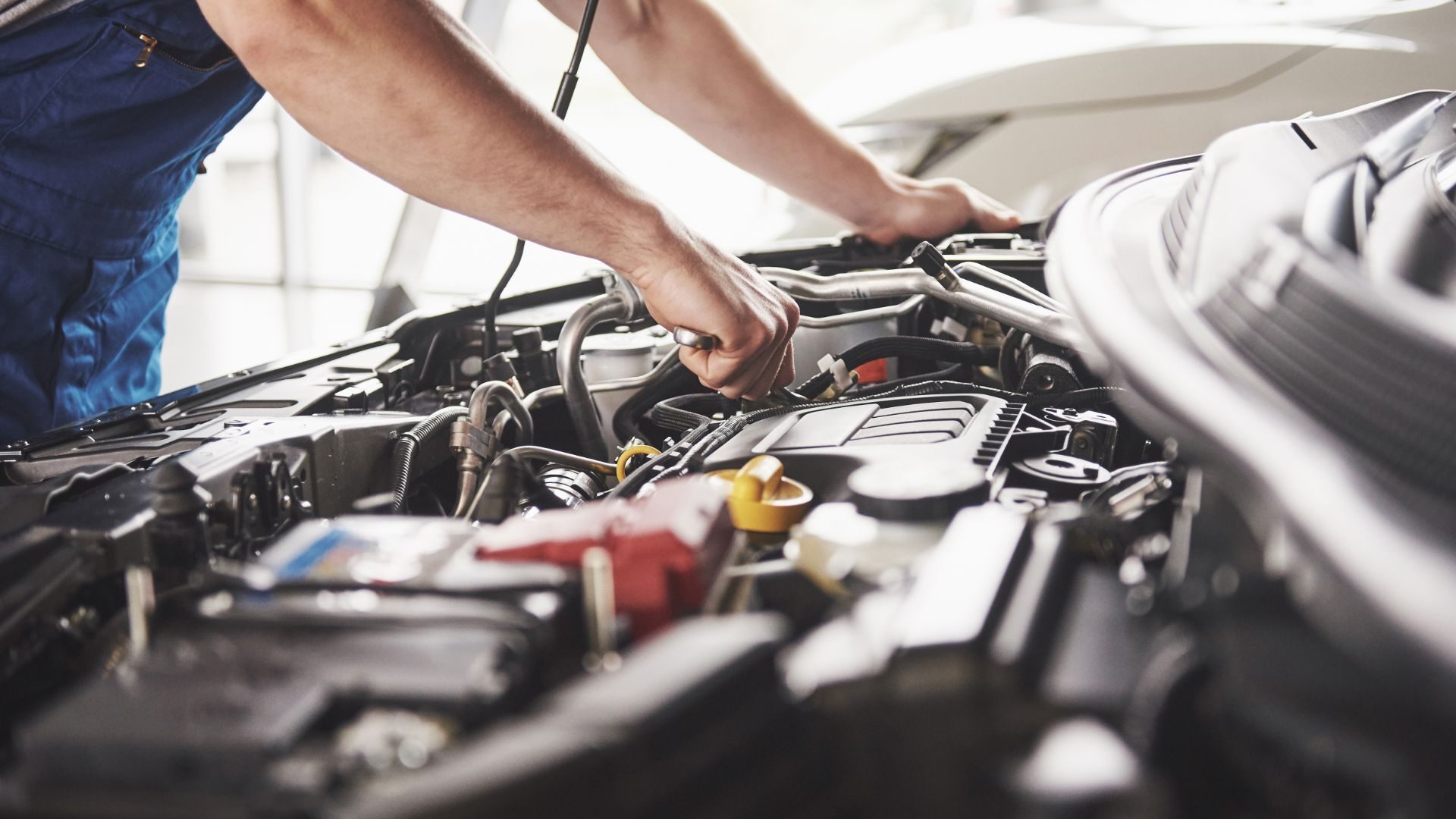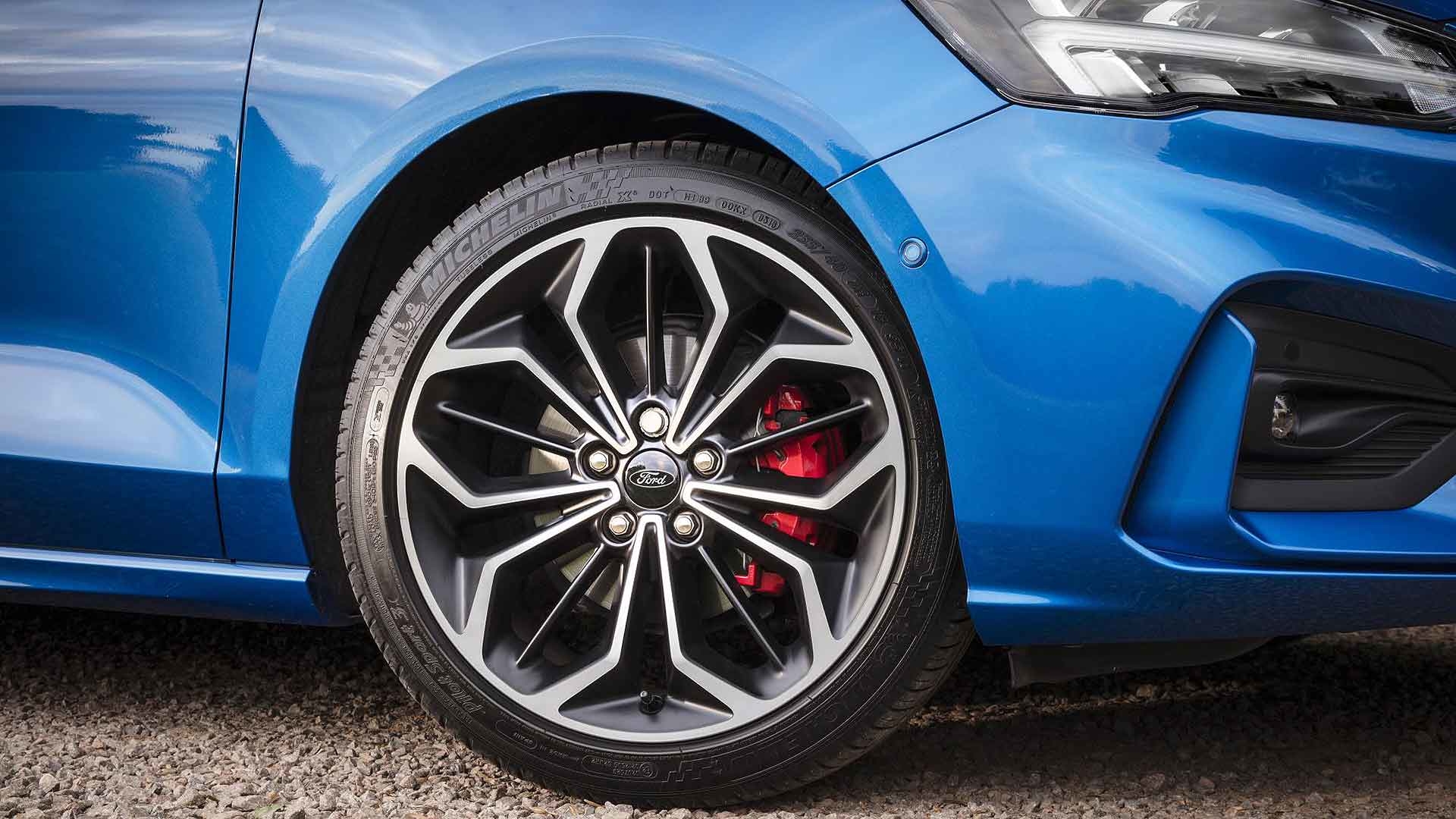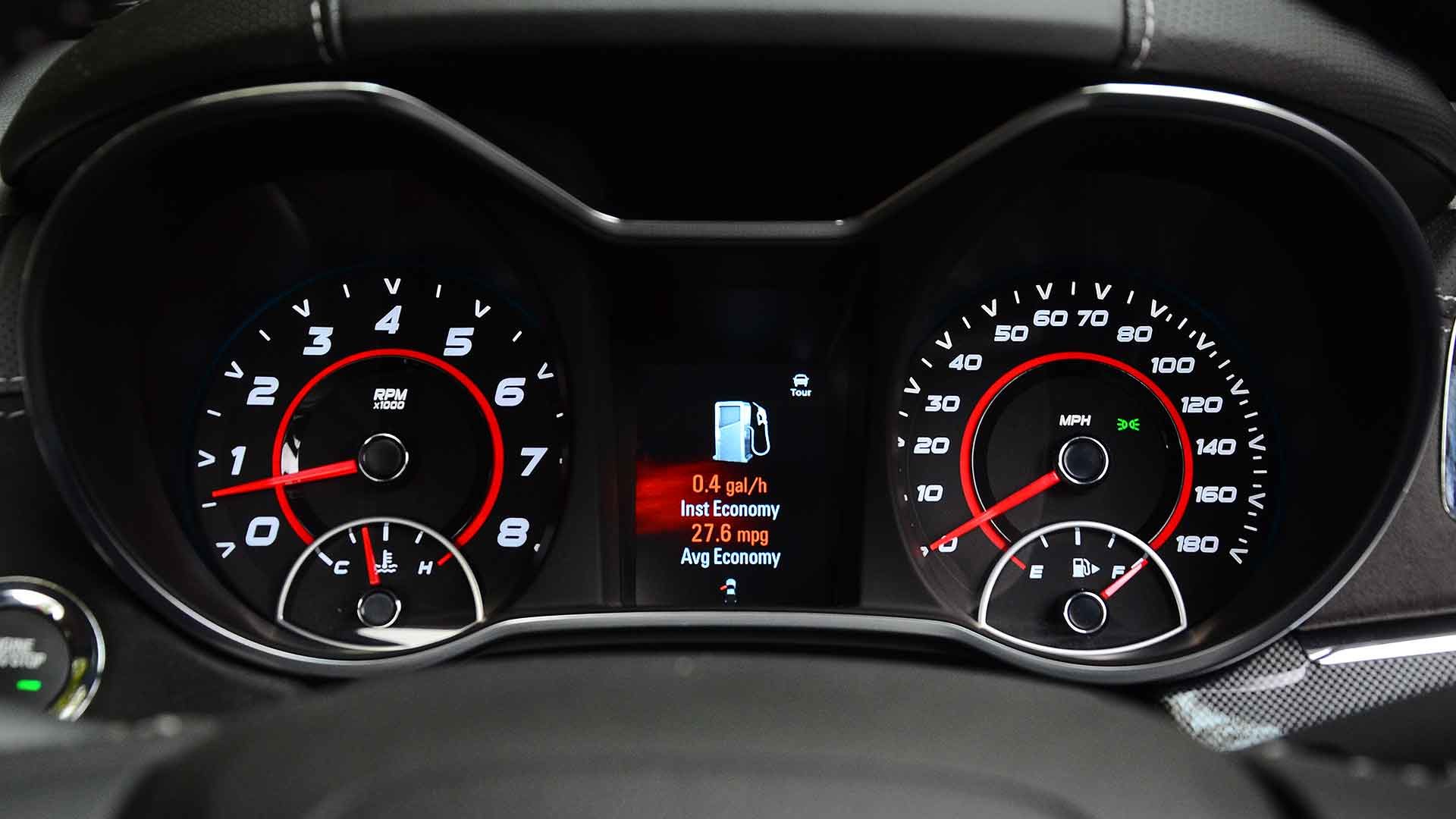
With England’s lockdown set to ease next week, many people will venture out of their local area for the first time this year.
The number of accidents on the roads is predicted to increase by a fifth next week, so motorists are urged to be more careful behind the wheel.
Before tackling a long journey for the first time in a while, it’s also important to examine the condition of your car. Here are the top 10 areas to check before you hit the road.
Post-lockdown motoring checks
Check the oil level
Your car’s oil and coolant play a vital role in keeping your engine running smoothly. If the oil level is half-way between the minimum and maximum markers on the dipstick, you don’t need to add any more. If it’s below this point, pour in some engine oil, adding a small amount at a time.
Check the coolant level
Coolant, or anti-freeze, prevents your engine from overheating in hot weather and freezing in colder weather. It’s stored in a clear plastic container, usually located near the radiator. There will be a mark or sticker on the container to indicate the correct fluid level. You may need to dilute the anti-freeze with distilled water.
Top up the windscreen washer fluid
The reserve is usually close to the top of the engine and is often marked with a windscreen wiper icon. If you can see the fluid level is low, top it up, based on the manufacturer’s recommended dilution (you’ll find this in your handbook).
Check the battery health
If you’ve only been doing short journeys in your car, or haven’t driven for several weeks, your battery may have gone flat as it won’t have been able to recharge over longer trips.
A longer drive – half an hour or more – will ensure the battery has a chance to recharge. If you’re having trouble starting your car for the first time in a while, you may need to jump-start it using another car or battery pack.

Check the tyres
Your car’s tyres could have deflated or even developed cracks due to lack of use. Before you set off, check them all (including the spare) for any splits, holes or tears. Look for glass or nails that could cause a puncture or tear in the future, and also check the depth of tread on each tyre. In the UK and Europe, the legal minimum tread depth for cars is 1.6mm across the entire circumference.
Check tyre pressures
Ensure your tyres are inflated to the recommended pressures by checking the guidelines in your car’s handbook or on the panel inside the driver’s door. You can check tyre pressure using a handheld tyre pressure gauge or, if you don’t have one at home, you can check and top up the air at most petrol stations.
Check the brakes
When a car has been left standing for long periods, as it may have been during lockdown, issues can arise with the brakes.
Sticking brakes are a common problem. Most cars use disc brakes, which include brake pads, rotors and calipers. Over time, particularly if your car has seen little use, parts of the brakes can become rusty. As the surfaces will be covered in a light coating of corrosion, you’ll notice a sticky sensation, plus a grinding or squealing noise.

Check the fuel level
Cars parked for an extended period of time can suffer from moisture gathering in an empty fuel tank. This can cause rust to build up inside. To get around this, simply fill up the tank completely, or add a stabiliser fluid to keep it fresh.
Check the car’s exterior
While sitting on a driveway or on the road, it is likely that leaves or debris might have got stuck on the outside of your car. Before setting off, check the air intakes in the front bumper are clear, as well as the lower part of the windscreen.
Try the car’s doors and handles
While many cars won’t have been used much at all, others might have just had one user in the form of a keyworker. Either way, you should check all of your car’s doors, including the boot, and lubricate locks and moving parts where necessary.
ALSO READ:
How to detail your car: pro tips for a flawless finish
The best money-saving motoring tips